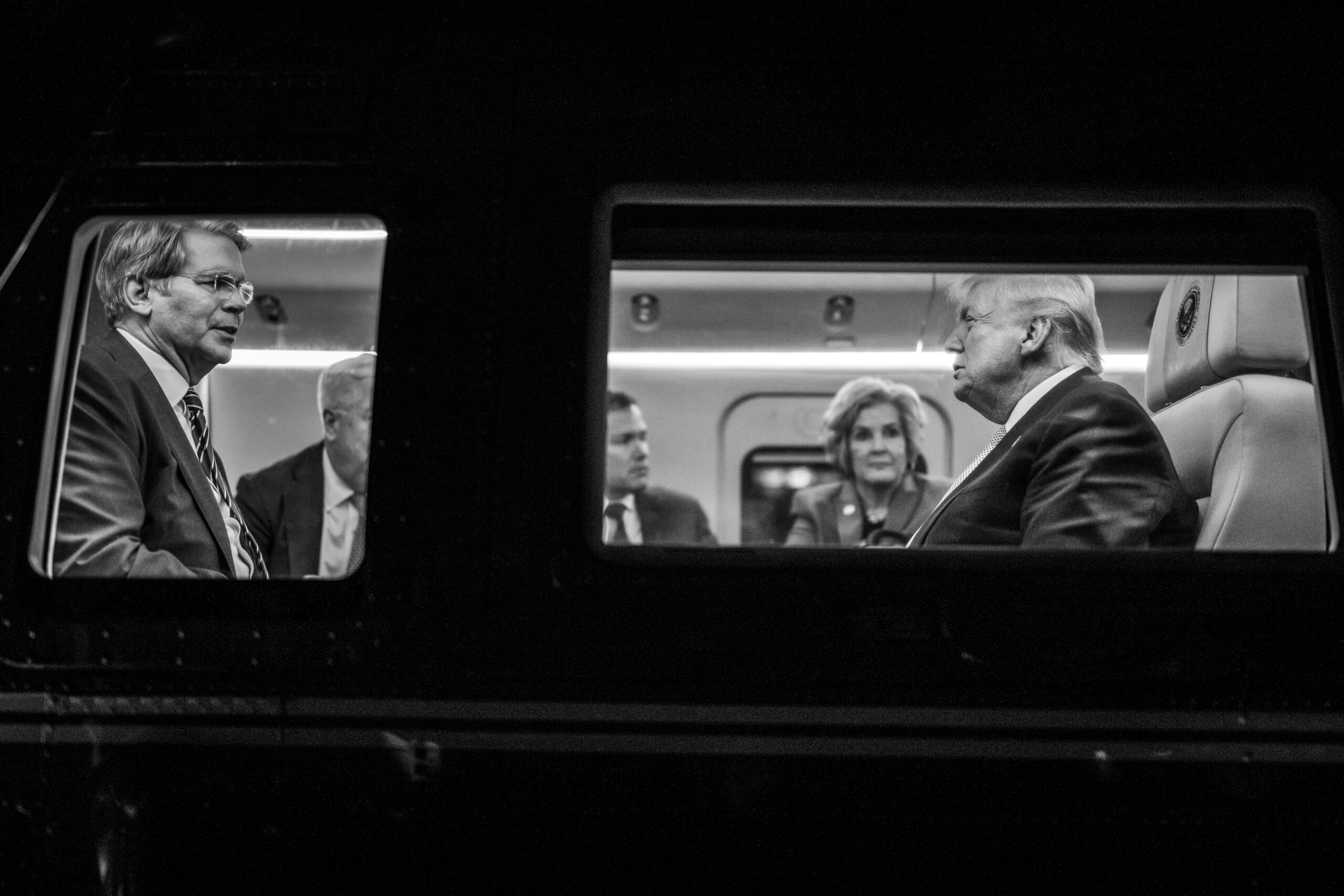Already a subscriber? Make sure to log into your account before viewing this content. You can access your account by hitting the “login” button on the top right corner. Still unable to see the content after signing in? Make sure your card on file is up-to-date.
Treasury Secretary Scott Bessent has indicated that the Trump administration has a workaround in place should the Supreme Court strike down the president’s use of emergency powers to impose tariffs.
Some shit you should know before you dig in: Shortly after President Trump returned to office, he began rolling out tariffs on a wide range of imported goods, targeting countries including China, Japan, Brazil, Mexico, India, and Canada. These duties (some as high as 50%) were enacted under the International Emergency Economic Powers Act (IEEPA), a 1977 law typically used to impose sanctions during national emergencies. Trump said that both the global trade deficit and the fentanyl crisis constituted “unusual and extraordinary threats” to US national security, thereby justifying the tariffs.

The Supreme Court is now reviewing whether Trump overstepped his authority by using IEEPA to impose tariffs without clear congressional authorization. The challengers (including small businesses and state governments) argue that IEEPA does not explicitly mention tariffs, taxes, or duties, and that interpreting “regulate importation” to include taxation would violate the Constitution’s separation of powers, the major questions doctrine, and the nondelegation doctrine. The Trump administration counters that tariffs are a traditional method of regulating imports and thus fall squarely within IEEPA’s language. Trump and his legal team have also warned that stripping the president of this authority would compromise US national security.
What’s going on now: In a notable development, Secretary Bessent revealed that the administration is fully prepared to pivot to alternative legal authorities if the Supreme Court invalidates the tariffs imposed under IEEPA. “There are lots of other authorities that can be used,” Bessent said during an interview on CNBC’s Squawk Box, “but IEEPA is by far the cleanest, and it gives the US and the president the most negotiating authority.” While acknowledging that alternatives would be more “cumbersome,” Bessent stressed they remain effective and would allow the administration to maintain its aggressive tariff strategy.
According to Bessent, these options could include:
- Section 232 of the Trade Expansion Act of 1962: Allows the president to impose tariffs on imports deemed a threat to national security; already used to protect sectors like autos, semiconductors, and pharmaceuticals.
- Section 301 of the Trade Act of 1974: Grants authority to respond to unfair trade practices, typically used in retaliation against countries violating trade agreements or engaging in discriminatory practices.
- Section 122 of the Trade Act of 1974: Permits the president to implement across-the-board tariffs of up to 15% for 150 days in response to large trade imbalances or balance-of-payment deficits.
- Section 338 of the Tariff Act of 1930: Authorizes up to 50% tariffs on countries that discriminate against US commerce, often used as a retaliatory trade enforcement tool.
More to come







